Power System Flexibility Campaign
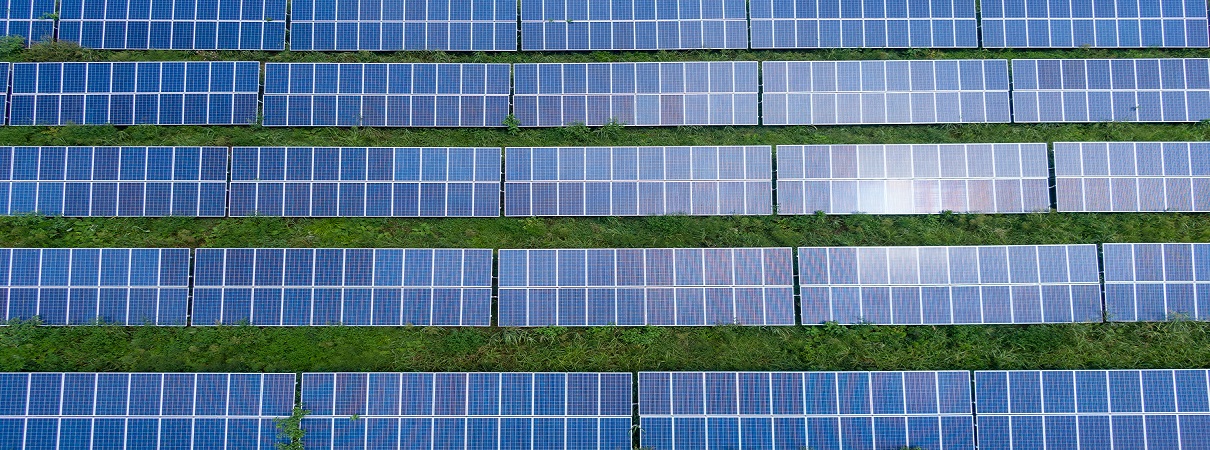
This campaign graduated at GCEAF (CEM13/MI7) in 2022 after four successful years. A special thanks to China, Denmark, Germany, and Sweden for leading this work and assisting governments and industries to accelerate system transformation by increasing flexibility across all elements of the power system, helping to cut costs and boost reliability. This work will carry on in the CEM’s International Smart Grid Action Network (ISGAN), a joint CEM initiative and IEA Technology Collaboration Project.
Goals
The Power System Flexibility Campaign seeks to help governments and industries accelerate system transformation by increasing flexibility across all elements of the power system, while contributing to cost-efficient and reliable electricity supply.
Overview

The PSF, launched in 2018 at CEM9, is the continuation of the Advanced Power Plant Flexibility Campaign, and builds on its strong foundation of government and industry commitments by widening the scope to include smart electricity grids, storage, and demand side management. A continuation of PSF Campaign will be expected between CEM10 and CEM11.
Opportunity
The objectives of this campaign are to:
- Deepen understanding of available flexibility resources;
- Harness digitalisation for flexibility and resilience in the power system;
- Highlight policy options for cost-effective flexibility deployment; and
- Showcase innovative and scalable approaches.
The growth of variable renewable energy capacity calls for increased system flexibility. Flexible dispatchable power plants are a main source of flexibility in power systems, alongside grids, demand shaping, and storage.
In many power systems, regulations, market design, and contractual arrangements may encourage an inflexible operation of power plants. A better understanding of the capabilities that are needed in the power system of the future can foster a better use of existing power generation assets.
Many countries are demonstrating that a flexible power supply can successfully deal with fluctuations in supply and demand.
Campaign actions
To campaign focuses on three types of activities and products:
- High-level policy forums: Aimed at deploying, harnessing and consolidating public-private momentum on strategies for system flexibility.
- Deep-dive events: Will feature three deep-dive workshops on the following topics: grids and storage; demand-side management and digitalisation; and power plants and future markets. These will provide a platform for operational level experts both industry, ministries, regulators, and utilities to exchange experiences and devise concrete actions for flexibility. The findings will be passed to policy-makers and wider audiences through policy briefs.
- Policy briefs: Will provide follow-up information related to each deep dive event aimed at maximising visibility throughout the campaign. These will offer campaign participants the opportunity to prepare timely input while recognizing key data gaps in the lead-up to the final campaign report.
Please review the campaign’s brochure for additional details regarding actions. To learn more or participate in the campaign, please contact Enrique Gutierrez (Enrique.Gutierrez@iea.org).
Community
Participants
Campaign manager
Partners
 AGORA ENERGIEWENDE
AGORA ENERGIEWENDE
 VGB POWERTECH E.V. (VGB)
VGB POWERTECH E.V. (VGB)
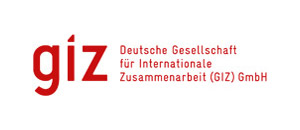 GIZ (DEUTSCHE GESELLSCHAFT FÜR INTERNATIONALE ZUSAMMENARBEIT)
GIZ (DEUTSCHE GESELLSCHAFT FÜR INTERNATIONALE ZUSAMMENARBEIT)
 COWI
COWI
 ENEL
ENEL
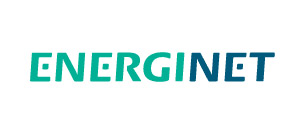 ENERGINET
ENERGINET
 GENERAL ELECTRIC
GENERAL ELECTRIC
 J-POWER
J-POWER
 SIEMENS
SIEMENS
 KYUSHU ELECTRIC POWER CO., INC.
KYUSHU ELECTRIC POWER CO., INC.
 MITSUBISHI HITACHI POWER SYSTEMS
MITSUBISHI HITACHI POWER SYSTEMS
 ØRSTED
ØRSTED
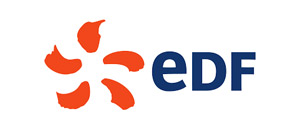 EDF – ÉLECTRICITÉ DE FRANCE
EDF – ÉLECTRICITÉ DE FRANCE
 VGB POWERTECH
VGB POWERTECH
 VESTAS WIND SYSTEMS
VESTAS WIND SYSTEMS
 UK POWER NETWORKS
UK POWER NETWORKS
 CHARGE POINT
CHARGE POINT
 EPEXSPOT
EPEXSPOT
 ENVISION
ENVISION
 FIRST SOLAR
FIRST SOLAR
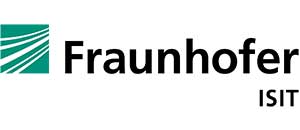 Fraunhofer ISIT
Fraunhofer ISIT
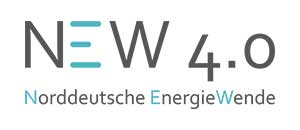 Nord-Deutsche Energiewende
Nord-Deutsche Energiewende
 Next Kraftwerke
Next Kraftwerke
 ESMAP
ESMAP
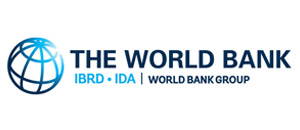 World Bank
World Bank